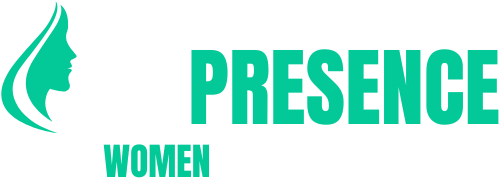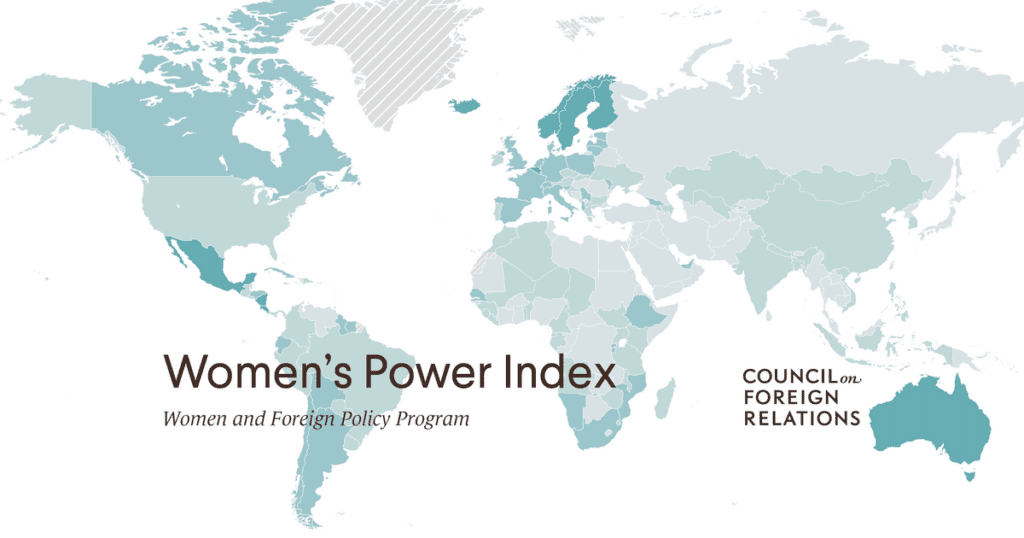Recent Insights on Women’s Political Representation
The Women and Foreign Policy program has updated its “Women’s Power Index,” ranking 193 United Nations (UN) member states by their progress toward achieving gender parity in political participation. The index evaluates the proportion of women in various political roles, including heads of state or government, cabinet positions, national legislatures, candidates for national legislatures, and local government bodies, visualizing the existing gender gap in political representation.
Global Progress Stagnates
Over the past year, global progress toward gender parity in political representation has stagnated at a score of 29 on a 100-point scale, where a score of 100 indicates full parity. The number of countries that have reached or exceeded halfway toward parity has not changed. Notably, twenty-eight countries have achieved a gender parity score above 50, with Canada, Dominica, Moldova, and the United Kingdom making strides in the past year. On the contrary, Mozambique, Peru, Rwanda, and Senegal have dropped below the halfway mark. The United States, with a gender parity score slightly above the global average at 35, continues to seek improvement. Iceland remains at the forefront with a score of 86, while Mexico and Andorra follow closely with scores of 75 and 73, respectively.
Trends in Women’s Political Leadership
Recent developments in women’s political leadership at the national level show a concerning trend of stagnation. Since the end of World War II, 82 out of 193 countries have elected a female leader, with most progress observed in the last two decades. Eleven countries elected their first female heads of state in the 2000s, twenty-five in the 2010s, and seventeen thus far in the 2020s. Most recently, Namibia elected its first woman president, Netumbo Nandi-Ndaitwah, in 2025, followed by Mexico’s Claudia Sheinbaum, also elected as the first woman president in 2024.
Current Statistics on Female Leaders
Currently, twenty-five UN member states have a female head of state or government, marking a decrease from the twenty-six recorded in March 2024. Three countries—Barbados, Bosnia and Herzegovina, and Iceland—are now led by both a female head of state and head of government. In addition, Vjosa Osmani continues to serve as the leader of Kosovo, despite its non-recognition by the UN since taking office in April 2021.
Cabinet and Legislative Representation
There are nine UN member states with at least 50 percent women in their national cabinets, reflecting a significant drop from fifteen countries noted in the last quarter of 2024. Meanwhile, six countries have maintained at least 50 percent female representation in their national legislatures. However, the number of women elected to these legislative bodies has seen a decline, with fewer women being elected in two-thirds of parliamentary elections held in 2024, according to data from the Inter-Parliamentary Union.
Interactive Features of the Index
The Women’s Power Index offers an interactive presentation that includes:
- A dynamic global map illustrating each country’s indicators for gender parity in representation.
- A searchable list of current female heads of state or government.
- A customizable table to compare data on gender parity across various nations and regions.
Explore the Index to uncover further insights into women’s political representation.
Additional Insights
For readers interested in a deeper dive, further information is available regarding:
- Heads of State and Government
- Women’s Political Leadership
- Inequality


